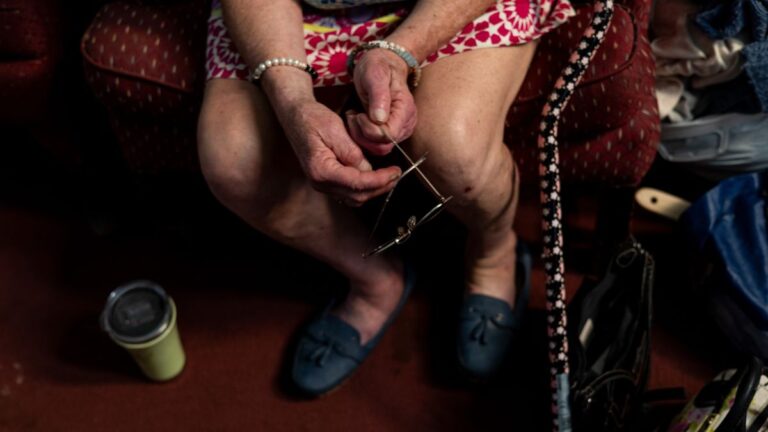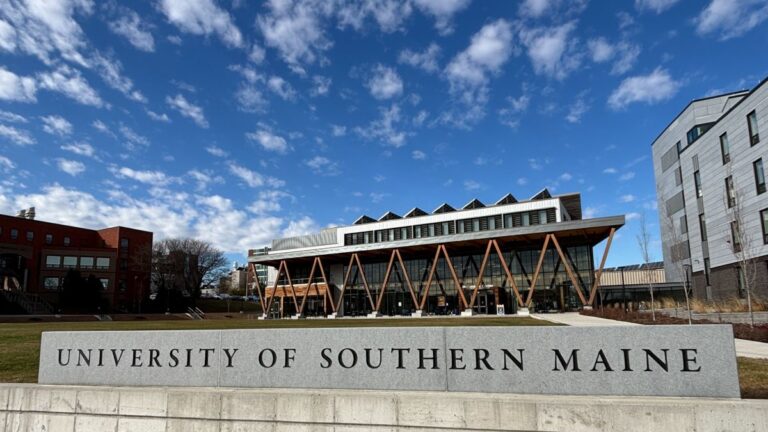The home gardening boom underway is “totally unprecedented” in the eyes of Frank Wertheim, who for 33 years has helped farmers and gardeners as an educator with University of Maine Cooperative Extension.
“I’ve never seen anything like this,” he says.
Enthusiasm for vegetable gardens and eating local foods was “trending up over 15 years or so,” according to Wertheim, but grocery supply disruptions, food safety concerns and the economic downturn spurred by the coronavirus pandemic have left Cooperative Extension offices “bombarded” with inquiries regarding home food production.
Maine suppliers such as Fedco Seeds and Johnny’s Selected Seeds also are overwhelmed. According to Joshua D’Errico, Johnny’s marketing coordinator, orders increased 300 percent over the course of March.
An uptick in gardening marked the 2008 recession as well, says Roger Doiron, founder of the Maine-based nonprofit SeedMoney.
“Gardening is something people turn to in times of need … when they’re feeling insecure economically,” Doiron notes.
Health concerns now overlay financial anxieties as people struggle to comprehend the impact of COVID-19. “I think people feel powerless,” Wertheim says, and gardening offers a welcome antidote. “Growing your own food is so empowering.”
Millions of Americans discovered the practical and psychological rewards of gardening during World War I, when citizens were encouraged to take up home food production so resources could be freed up for soldiers and, following the war, for hungry allies in Europe.
A 1919 brochure urged citizens to put all “slacker land” to work growing food: “The War Garden was the chrysalis. The Victory Garden is the butterfly.”
Today’s crisis-driven gardening is more aligned with those early Victory Gardens than the better-known ones the government initiated during World War II, according to Rose Hayden-Smith, a food historian and author of “Sowing the Seeds of Victory: American Gardening Programs of World War I.”
WWI Victory Gardens sprang up at the grassroots level to meet varied goals, she says – from the “Americanization of immigrants” and “extension of the City Beautiful Movement” to improving nutrition and inspiring the next generation of farmers. Today as well, she sees “everyone grabbing at the Victory Garden idea for their own purposes.”
Those early Victory Gardens grew during another devastating pandemic, the 1918 influenza that killed more than 50 million people worldwide. At a time of severe societal and economic upheaval, Victory Gardens helped Americans weather hard times and support others in need.
The resurgence of Victory Gardens today could foster greater household and community self-reliance.
Maine ranks highest among New England states in food insecurity, with more than 13 percent of households lacking reliable access to healthy foods. And with the recent spike in unemployment, hunger relief organizations here are struggling to meet demand.
Home gardens can help supply local food pantries, which are often short on fresh produce, through programs like Maine Harvest for Hunger, which has channeled more than 3 million pounds of farm and garden produce to families in need since it was created in 2000.
Backyard gardens also help families reduce their food expenditures. In the 2009 growing season, Doiron estimated that his family’s home garden (roughly 1,600 square feet) generated more than $2,000 worth of produce. My own garden, roughly half that size (until its expansion this spring), and our fruit trees and bushes generated about $1,000 worth of produce in each of the four years I weighed the output – using seasonally updated organic price reports to calculate the market value.
Doiron hopes food gardens will take hold throughout Maine as more people experience the fiscal, nutritional, psychological and physical benefits that gardening offers. Maine has all the “building blocks” needed, he says, with a “resilient and vibrant food and agricultural scene,” a strong support network for beginning farmers, small grants for community gardens, “great seed companies,” a “well-established gardening culture” and leading gardening gurus — like organic farmers and prolific authors Eliot Coleman and Barbara Damrosch, and regenerative farmer Acadia Tucker, author of “Growing Good Food” and “Growing Perennial Foods.”
Maine also has an established network of Master Gardener Volunteers trained and organized by Cooperative Extension who will soon be deployed to help mentor beginning gardeners via phone and email. (Disclosure: the author has served as a Master Gardener Volunteer since 2012.) Cooperative Extension is offering online “Garden Chats” and just launched an eight-part “Victory Garden” video series to help first-time gardeners learn the basics.
Gardening is “an activity that is within everyone’s means,” Doiron notes, and he hopes people will start thinking about it – not just as a path through hard economic times, but as a way “to address the very real dangers posed by climate change.” Global agribusiness currently generates an estimated 19 to 29 percent of global greenhouse emissions.
A national “Climate Victory Garden” movement advocates regenerative agricultural practices that gardeners can use to help lock atmospheric carbon in the soil and minimize erosion and water pollution.
Governmental stimulus funds should be used to strengthen community resilience and improve food security by supporting gardening where the need is greatest. Hayden-Smith would like to see a vast expansion of the Food Corps initiative that places young people in volunteer service jobs helping disadvantaged populations develop community and school gardens, ensuring that all children have access to healthy, local foods.
In the past, Victory Gardens languished once immediate crises receded, but Hayden-Smith is convinced “this time is different.” COVID-19 could profoundly reshape regional food economies, and our whole perception of food production and distribution.
Seeing empty shelves and gaping societal inequities has brought home the power we hold to grow the common good in our own backyards.
Resources:
- University of Maine Cooperative Extension Victory Garden Series and Garden Chats
- Using SNAP Benefits to Grow Your Own Food
- Ten Carbon-Capturing Practices for Climate Victory Gardens
- Climate Victory Gardening 101







